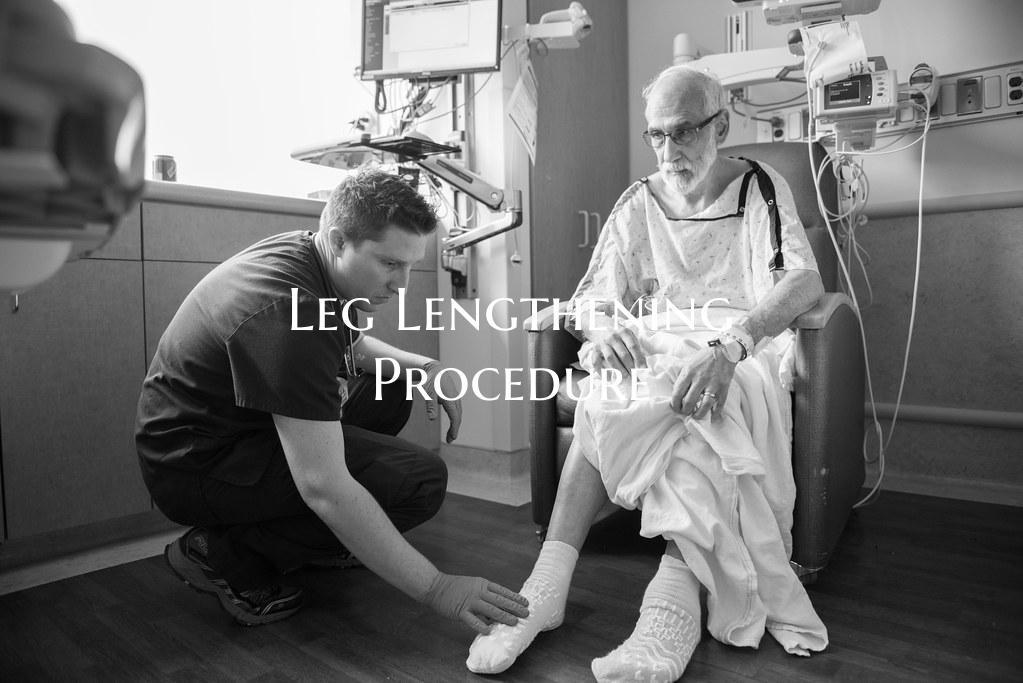
Leg Lengthening Procedure
Introduction: Leg length discrepancy can be a challenging condition that affects one's posture, gait, and overall quality of life. For individuals facing this issue, the leg lengthening procedure offers a potential solution to achieve better alignment and functionality. In this article, we will explore the leg lengthening procedure, including how it works, the different techniques used, potential benefits, and important considerations for those considering this treatment option.
How Does the Leg Lengthening Procedure Work? The leg lengthening procedure, also known as limb lengthening, is a surgical technique designed to increase the length of one or both legs. The procedure involves cutting the bone and gradually elongating it using a specialized device known as an external fixator. This device helps create controlled distraction forces that stimulate new bone growth in the gap, ultimately lengthening the limb over time.
Techniques Used in Leg Lengthening: There are several techniques employed in leg lengthening procedures, including the Ilizarov method, the Precice nail system, and the LON (Lengthening Over Nail) technique. The Ilizarov method is one of the oldest and most commonly used techniques, utilizing an external fixator to incrementally lengthen the bone. The Precice nail system, on the other hand, involves an internal magnetic nail that can be lengthened non-invasively. The LON technique combines aspects of both external and internal fixation methods for enhanced stability and flexibility.
Benefits of Leg Lengthening: The leg lengthening procedure can offer numerous benefits to individuals with leg length discrepancies. By correcting the discrepancy, the procedure can improve the patient's gait, posture, and overall function. Additionally, addressing the leg length difference can help alleviate associated issues such as joint pain, back pain, and muscle imbalances. Improved alignment and symmetry may also enhance the individual's self-esteem and quality of life.
Considerations for Those Considering Leg Lengthening: While the leg lengthening procedure can be a transformative treatment, it is essential for individuals considering this option to be aware of the potential risks and challenges involved. The process of bone distraction is gradual and may require several months to achieve the desired length, requiring patience and commitment from the patient. Complications such as infection, nerve damage, and joint stiffness can also occur, highlighting the importance of selecting a skilled and experienced surgeon for the procedure.
Conclusion: The leg lengthening procedure is a valuable treatment option for individuals struggling with leg length inequalities. By understanding how the procedure works, the different techniques available, the potential benefits, and important considerations, individuals can make informed decisions about pursuing this treatment. Consultation with a medical professional specializing in limb lengthening can provide personalized guidance and support throughout the process, ultimately leading to improved alignment, function, and quality of life for those undergoing the procedure.